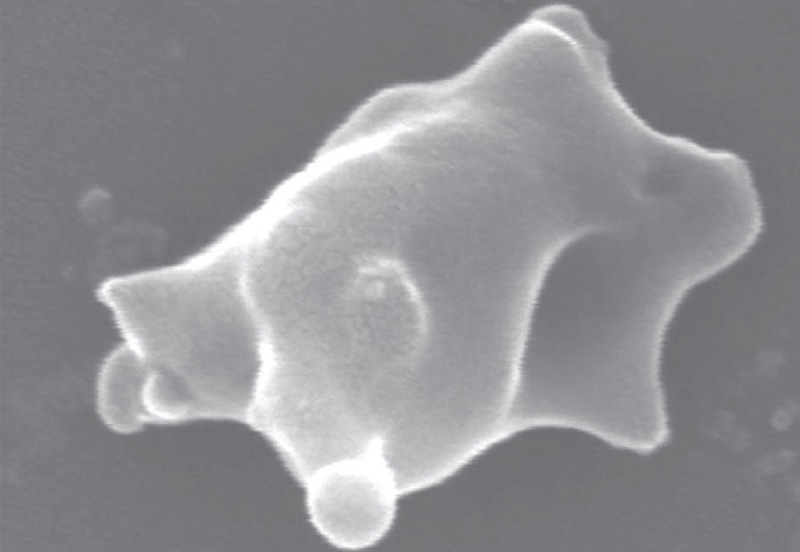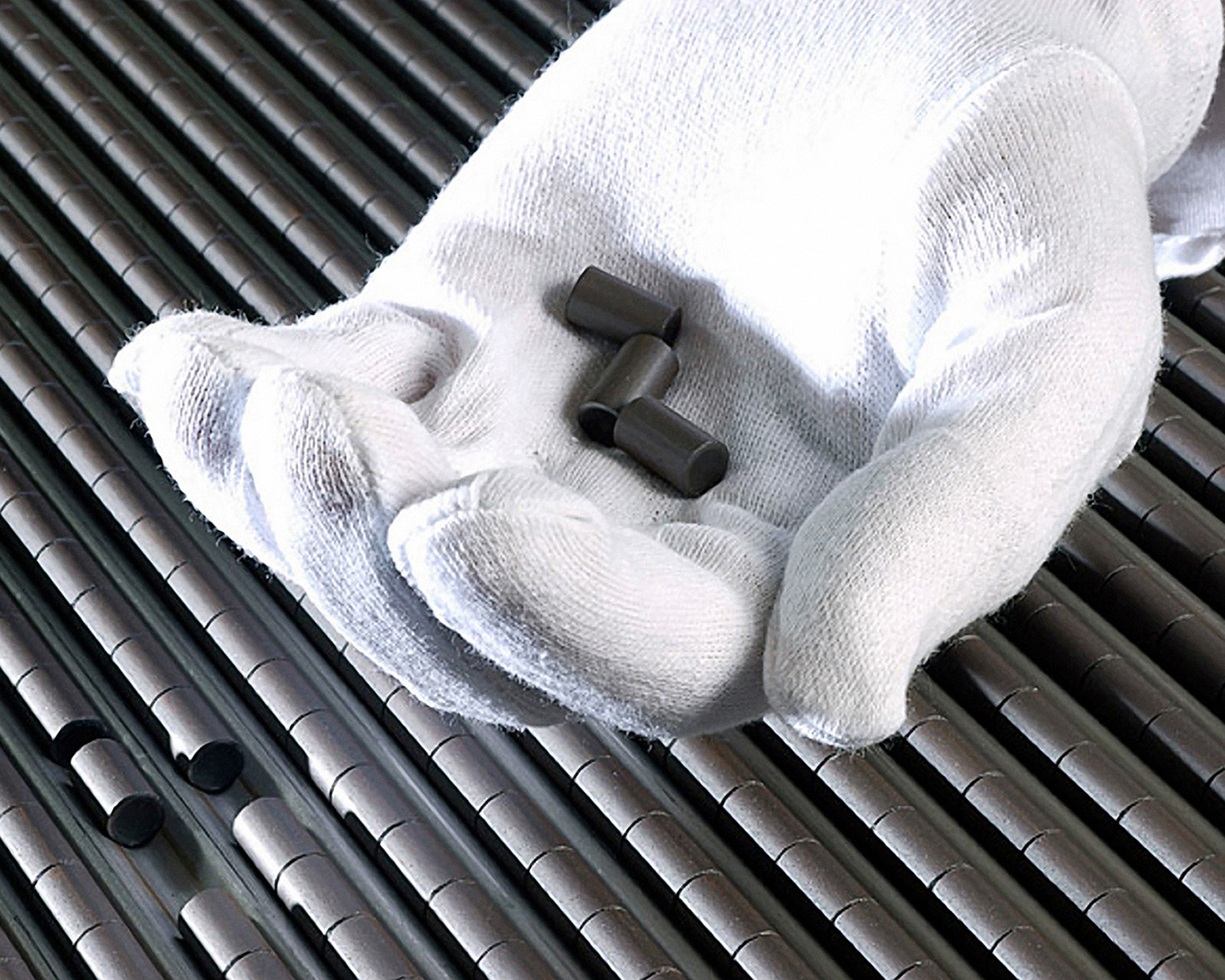Coated black carbon finding makes Earth system models much more accurate
Although water repellent by nature, soot can uptake water as it ages

How long does it take for black carbon (also known as soot) to leave the atmosphere via precipitation? New research from a team that includes Los Alamos National Laboratory employees will influence model predictions.
The team discovered that the average timescale for internal black carbon mixing is three hours, as opposed to the 24-hour average timescale that scientists previously believed. Internal mixing processes govern how black carbon interacts with other constituents in the atmosphere.

Why this matters: Fresh black carbon repels water, but as black carbon ages it can get coated by water-attracting inorganic materials, such as sulfate, which allow black carbon to absorb moisture and eventually become precipitation. This faster mixing with inorganic materials promotes black carbon rainout and reduces its atmospheric lifetime and transport to polar regions in Earth system models.
- The U.S. Department of Energy has several Earth system models that are on the cutting edge of describing various natural processes. More accurate Earth system models will help the United States to better understand and manage national security interests in the Arctic and Antarctica.
What they found: The two most important aspects of the black carbon mixing process are gas condensation and particle coagulation, according to the study.
- The findings were incorporated into the Modal Aerosol Module, which is an atmospheric model produced by DOE.
- The findings are consistent with recently published observations of black carbon mixing in Texas by a team that includes Los Alamos scientists.
Funding: DOE Office of Science, Biological and Environmental Research program; the Laboratory Directed Research and Development program; and the Lab’s Center for Space and Earth Science
LA-UR-25-28707





